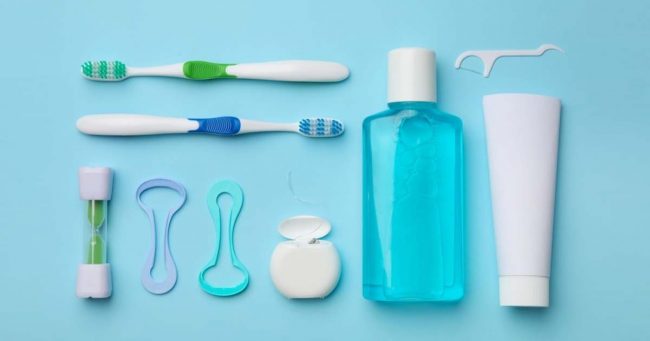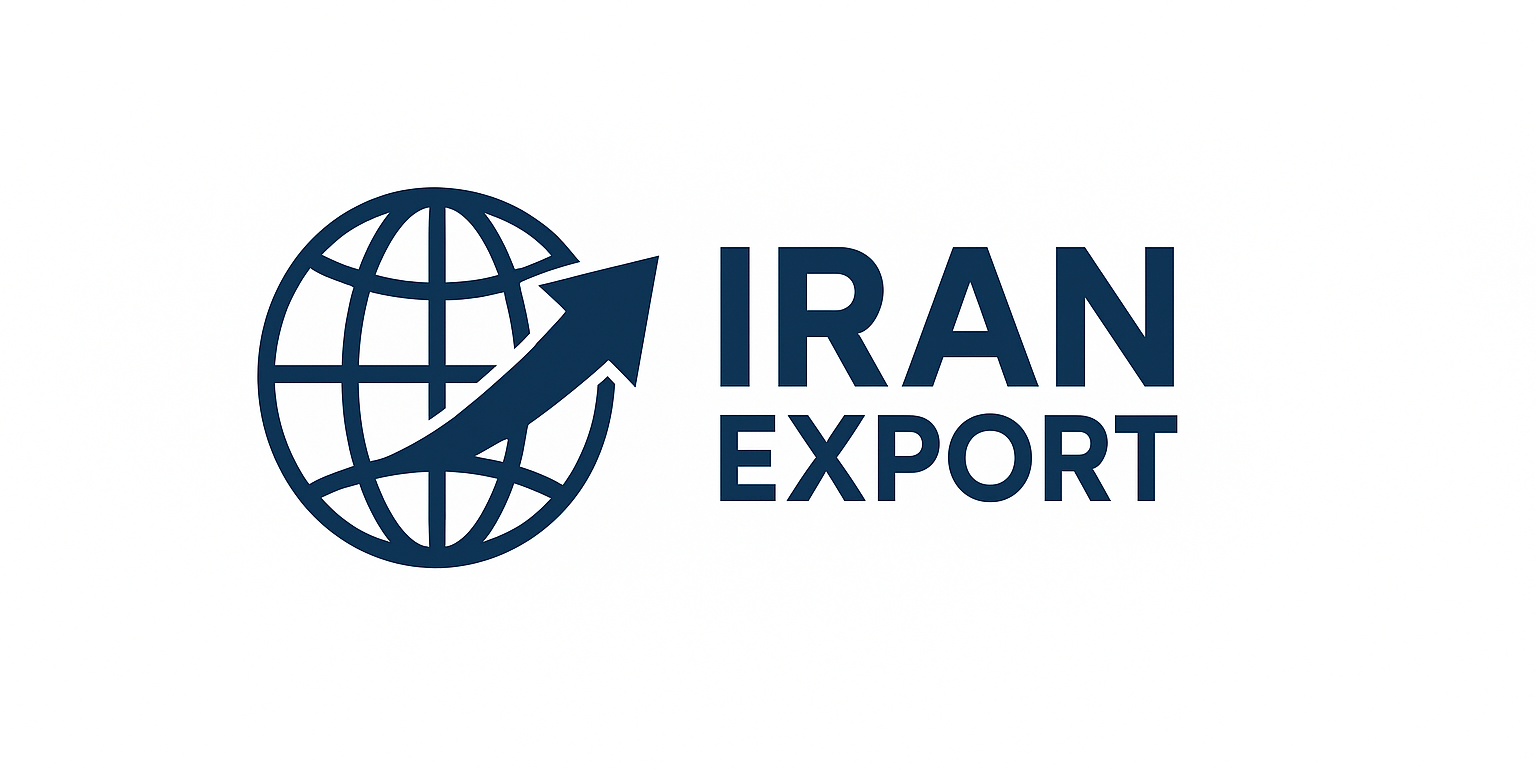
The Growth of Iran’s Cosmetics and Personal Care Industry in Global Markets
Introduction
The global cosmetics and personal care industry is one of the fastest-growing sectors worldwide, valued at over $500 billion and expanding across emerging markets. While traditionally dominated by Western and East Asian brands, new players are beginning to capture international attention. Among these, Iran has emerged as a rising force in the cosmetics and personal care industry, combining centuries of traditional beauty practices with modern manufacturing capabilities.
With its unique blend of natural resources, competitive production costs, and growing domestic expertise, Iran is positioning itself as an attractive hub for cosmetics and personal care products in global markets.
Historical Roots and Modern Transformation
Iran has a long history of beauty culture and herbal remedies, often referred to as part of Persian traditional medicine. Natural ingredients such as rosewater, saffron, pomegranate, and herbal oils have been widely used for centuries in skincare and haircare.
In recent decades, these traditions have merged with modern scientific advancements, leading to the rise of Iranian companies producing a wide range of cosmetics—from herbal-based creams and shampoos to advanced skincare formulas, makeup, and hygiene products.
This combination of heritage and innovation gives Iranian cosmetics a unique appeal in both domestic and international markets.
Key Segments of Iran’s Cosmetics and Personal Care Industry
1. Skincare Products
Iranian companies are leveraging both herbal extracts and advanced formulations to produce moisturizers, anti-aging creams, sunscreens, and facial serums. Skincare is the fastest-growing segment, driven by rising global demand for natural and affordable products.
2. Haircare Products
Shampoos, conditioners, and hair oils enriched with botanical ingredients such as aloe vera, henna, and chamomile are popular exports. These products target both mass-market consumers and niche natural beauty markets.
3. Makeup and Color Cosmetics
Although relatively new, Iran’s makeup sector is expanding rapidly, offering products such as foundations, lipsticks, and eye cosmetics. Many brands emphasize halal-certified and cruelty-free formulations, which are in high demand in Muslim-majority markets.
4. Personal Hygiene and Toiletries
Soaps, body lotions, deodorants, and oral care products are produced at scale in Iran, benefiting from cost-effective raw materials and modern production lines that meet international standards.
Competitive Advantages of Iran’s Cosmetics Industry
1. Abundance of Natural Ingredients
Iran is home to a rich biodiversity, offering unique plant-based resources that can be used in organic and herbal beauty products. This gives Iranian manufacturers a competitive edge in the global trend toward natural and clean beauty.
2. Affordable Production Costs
Compared to Western countries and even some Asian producers, Iran offers lower manufacturing costs, making its products highly competitive in price-sensitive markets.
3. Skilled Workforce and Innovation
Iran has a large pool of chemists, pharmacists, and cosmetic scientists who are driving R&D in biotechnology, nanotechnology, and dermatology-based cosmetics.
4. Strategic Export Markets
Located at the crossroads of Asia, the Middle East, and Europe, Iran has access to fast-growing markets in the Middle East, Central Asia, and North Africa. Its halal-certified products also appeal strongly to Muslim-majority countries.
Export Potential and Global Reach
Iranian cosmetics and personal care products are increasingly entering international markets, including:
-
Middle Eastern countries (Iraq, UAE, Oman, and Qatar).
-
Central Asian nations (Kazakhstan, Uzbekistan, Turkmenistan).
-
African markets with high demand for affordable beauty products.
-
Emerging markets in South Asia where halal and herbal products are gaining traction.
By emphasizing halal certification, natural origins, and affordability, Iranian brands are well-positioned to expand further into global supply chains.
Challenges Facing the Industry
Despite its strong potential, Iran’s cosmetics industry faces several challenges:
-
Regulatory barriers in entering highly regulated markets such as the EU and U.S.
-
Limited global branding and marketing, which reduces visibility compared to established multinational giants.
-
Sanctions and trade restrictions, which can make access to packaging technologies and certain raw materials difficult.
However, many Iranian companies are strategically focusing on regional markets and building partnerships to overcome these barriers.
Future Outlook
The future of Iran’s cosmetics and personal care industry looks highly promising. Key growth areas include:
-
Organic and natural skincare targeting environmentally conscious consumers.
-
Halal-certified cosmetics for Muslim-majority markets.
-
Nanotechnology-based beauty products with enhanced effectiveness.
-
Export-focused collaborations with foreign distributors and private labels.
As consumer preferences worldwide shift toward affordable, sustainable, and ethical beauty solutions, Iran’s cosmetics sector has the potential to become a global competitor in the coming decade.
Conclusion
Iran’s cosmetics and personal care industry is undergoing a remarkable transformation, moving from a tradition-based sector to a modern, innovation-driven industry. With its natural resources, skilled workforce, cost advantages, and strategic geographical position, Iran is increasingly recognized as a serious contender in global beauty markets.
For international partners and investors, Iran offers unique opportunities in sourcing, collaboration, and product development—particularly in the fast-growing segments of natural beauty, halal cosmetics, and affordable personal care products.

